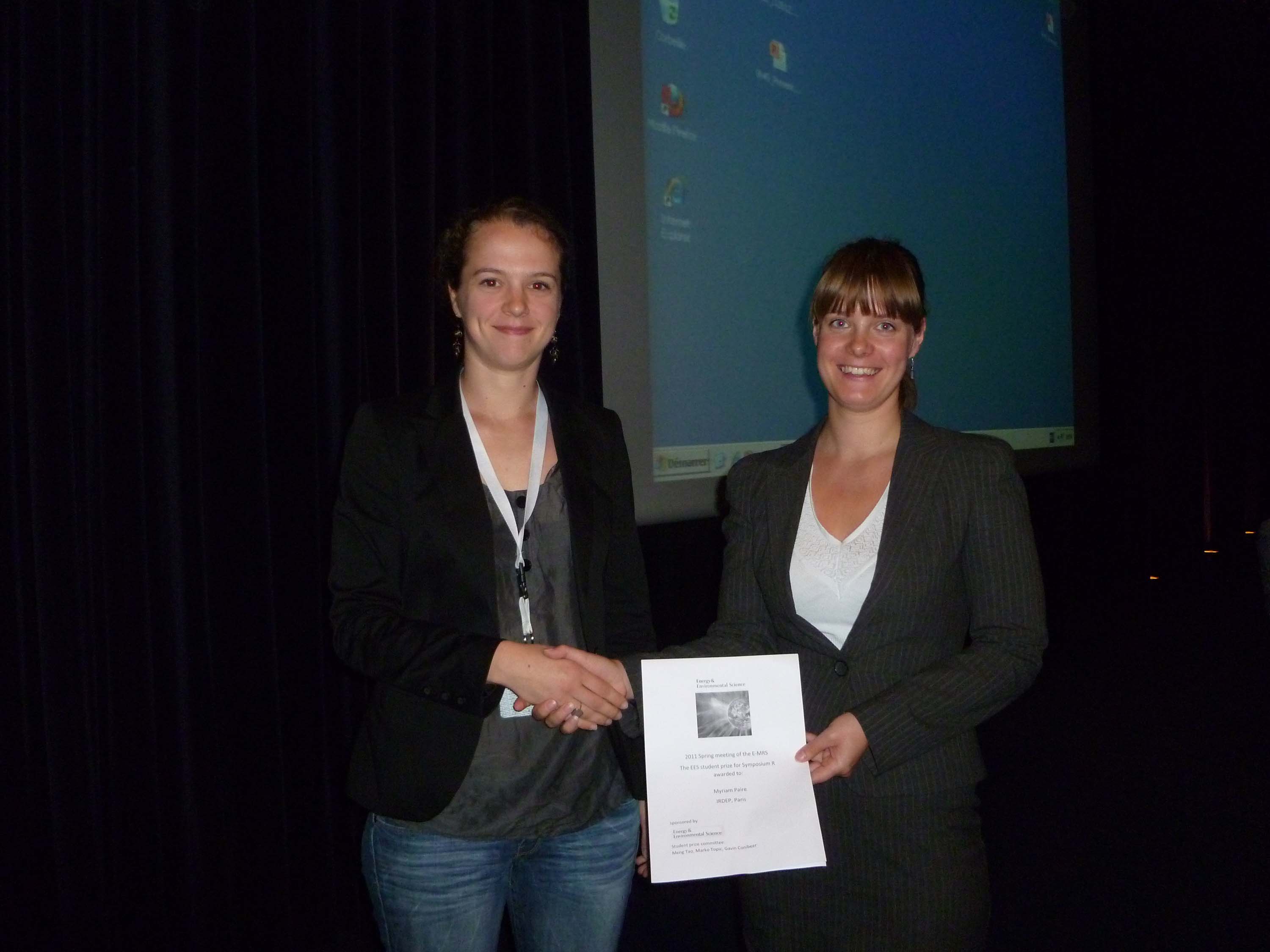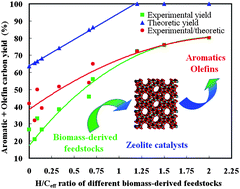 Energy & Environmental Science is delighted to announce its exciting collaboration with the Sun New Energy Conference and Exhibition (SuNEC).
Energy & Environmental Science is delighted to announce its exciting collaboration with the Sun New Energy Conference and Exhibition (SuNEC).
SuNEC will be held 5-7 July 2011 in Sicily, Italy and will be co-chaired by Vittorio Loddo and Mario Pagliaro. Confirmed plenary speakers include Ralph G. Nuzzo, Athanasios Konstandopoulos, Bernard Kippelen and Vincenzo Balzani.
The meeting will focus on the practical aspects of solar energy in every major field, covering the latest developments in solar energy science. For more information and to register for this conference, visit the SuNEC website.
Themes:
- Photovoltaics
- Solar electrical vehicles
- BIPV
- Solar cooling
- Concentrated solar power
- Solar thermal
- Solar economy (Helionomics)
Energy & Environmental Science plans to publish a collection of high-profile feature articles in a special issue to highlight some of the great research from this important meeting in the area of solar energy conversion.
Energy & Environmental Science articles of interest:
Solar hydrogen: fuel of the near future
Mario Pagliaro, Athanasios G. Konstandopoulos, Rosaria Ciriminna and Giovanni Palmisano,
Energy Environ. Sci., 2010, 3, 279
Compact monocrystalline silicon solar modules with high voltage outputs and mechanically flexible designs
Alfred J. Baca, Ki Jun Yu, Jianliang Xiao, Shuodao Wang, Jongseung Yoon, Jae Ha Ryu, Darren Stevenson, Ralph G. Nuzzo, Angus A. Rockett, Yonggang Huang and John A. Rogers,
Energy Environ. Sci., 2010, 3, 208













 Energy & Environmental Science ‘HOT’ paper
Energy & Environmental Science ‘HOT’ paper


 Very low temperature membrane-free desalination by directional solvent extraction
Very low temperature membrane-free desalination by directional solvent extraction